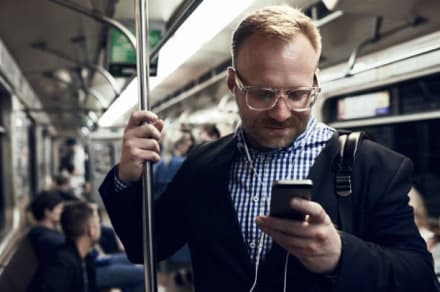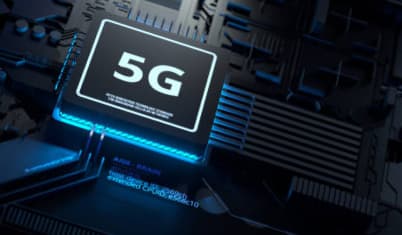One public LTE network
It’s usually the cheapest option when decent coverage is in place and it’s possible to buy enough traffic at fare rate. Equipment can be purchased from $50 (SOHO) to $500K (ruggedized and compliant to international transport standards). It’s possible to run the same monetisation schemes using both, so equipment choice might be affected by maintenance considerations and transportation operator’s requirements.
Prerequisites will be:
- Almost 100% cell networks coverage
- Fair mobile data prices
- External funding, at least partial
- Moderate or absent service level (especially bandwidth) requirements

Monetisation will be limited to Advertising and Static content, including native articles
Average throughput is from 2 to 20 Mbps. The best performance will be achieved if the MNO will set highest priority for these sim-cards in network configuration.
One more specific point here is that the same bandwidth will be available on personal devices, so the target audience will be limited to lower income passengers and international tourists.
This is why this approach is mostly used at city over ground transportation and tourist buses.
One private LTE network
This option is different by two parameters: bandwidth and coverage are guaranteed by design,additional CAPEX and OPEX are required and are quite high.
Bandwidth here is basically all bandwidth available in an LTE network with given spectrum (let’s assume 80MHz is available) shared by all «users» in the area. Resulting average speed may be up to 100 Mbps per vehicle.
Service of such quality can be easily monetised with video ads and video content in addition to the above mentioned static advertising, but unlikely all of these will pay back for the complete infrastructure.
This is a good option for citywide services, where Transport Wi-Fi is just one of many.
We haven’t seen this model outside subways at all but would assume it’s possible to deploy in Middle East capitals willing to pioneer Smart Cities.
One of examples in subways — the first on-train Wi-Fi network in Seoul Metro.
LTE aggregation
By aggregating two or many LTE channels onboard it’s possible to increase stability and speed of passenger Wi-Fi. Equipment allowing aggregation is more expensive — it costs from $100 to $15K, depending on industrial protection, functionality, number of sim-cards and support. We’d suggest a ballpark $500 for 2-sim solution for buses and trams and $5K for 4+ sim-cards on trains. If it’s planned to provide onboard media content, add $5-10K more.
Available average throughput may vary from 30 to 100 Mbps, but it’s unlikely possible to agree the highest priority for public Wi-Fi sim-cards with all mobile data providers — such customers are a nightmare comparing to any B2C customer, both from usage pattern and requirements standpoints. So, the service quality usually declines in rush hours.
This approach is probably the most balanced and widely spread, especially on railways. And this is why it’s somewhat default for all over ground transport.
Railways, however, should at least consider another option — own trackside radio network.

